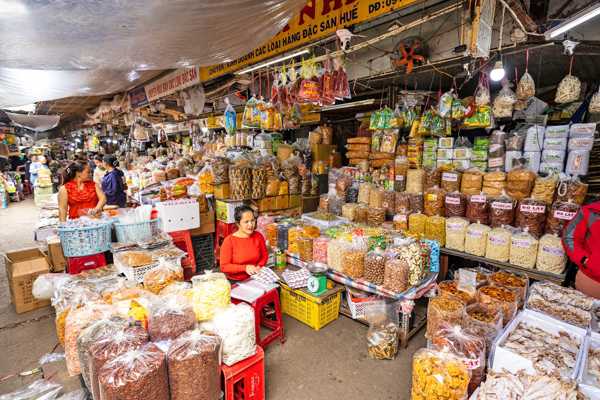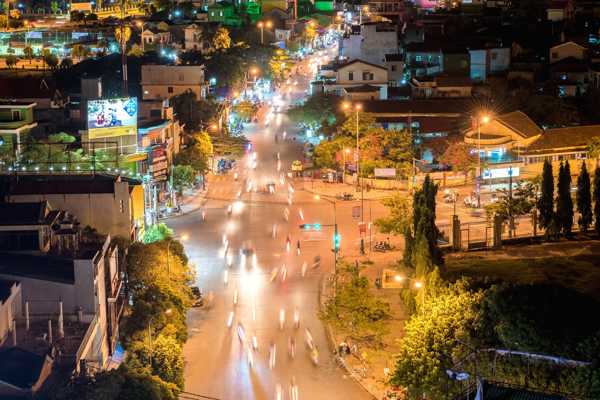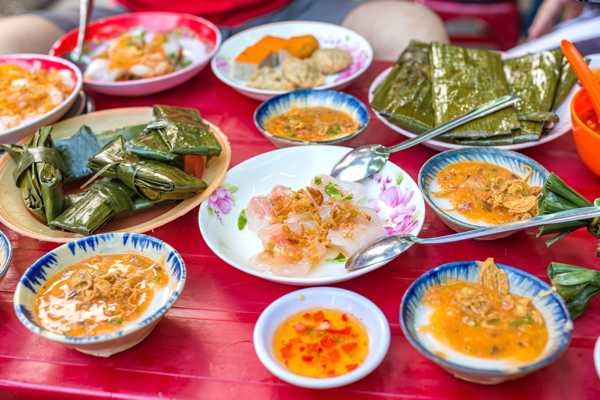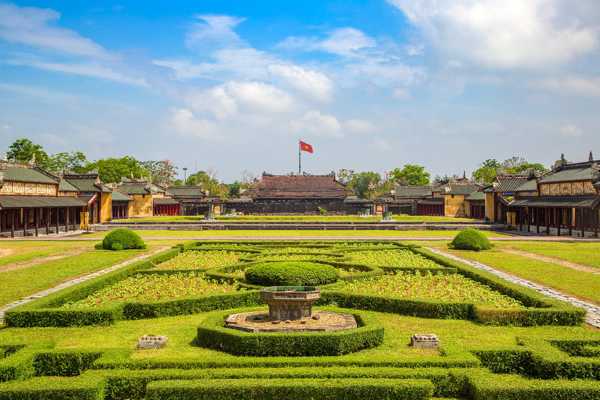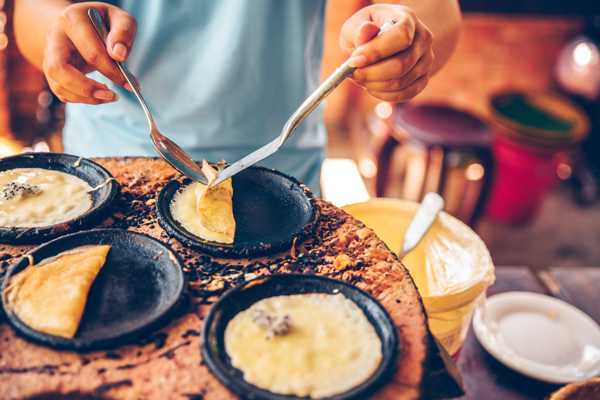The Complex of Hue Monuments, also simply known as Hue Imperial City, is a UNESCO World Heritage Site located in the city of Hue in central Vietnam. Hue was established as the capital city of Vietnam by Gia Long, the first king of the Nguyen Dynasty, in 1802. It retained this status for nine Nguyen dynasties until 1945.
The extensive complex showcases numerous monuments and ruins, including the Forbidden Purple City, which was the former residence of the royal family and suffered significant damage during the Vietnam War. Other notable features include the Imperial City, royal tombs, flag tower, pagodas, temples, a library, and a museum.
Hue Imperial City - one of the highlights of 10 Best Things to Do in Hue and 10 Best Things to Do in Vietnam (Read all about Hue here)
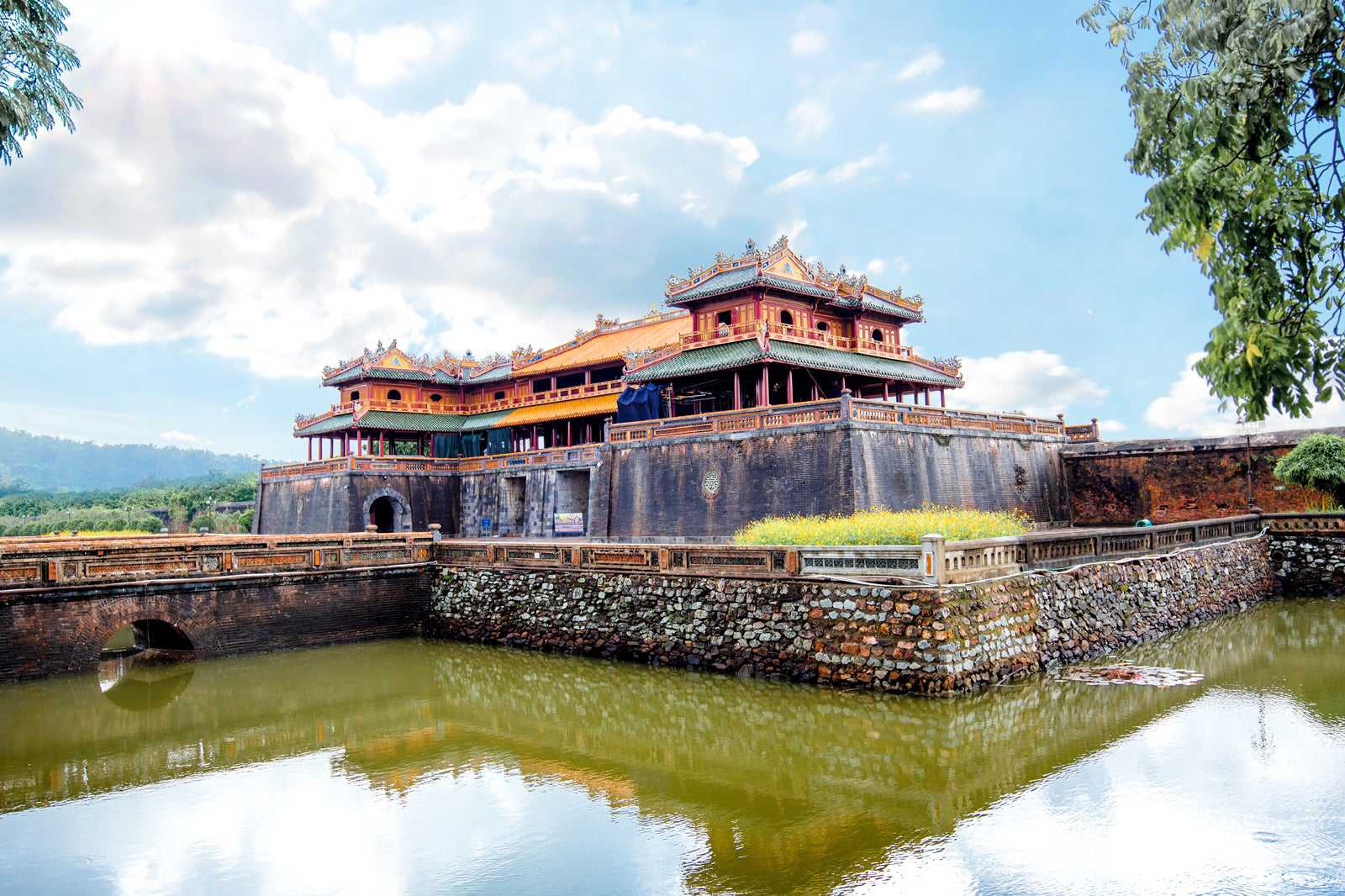
Hue, located on the banks of the Huong River (also known as the Perfume River), is approximately 3 hours north of Da Nang. Among the most impressive monuments in this former grand imperial capital is the Ngo Mon Gate of the imperial city, which was exclusively used by the royal family and their eunuch servants.
Additionally, there are the tombs of Emperor Minh Mang and Emperor Tu Duc. Many of the monuments surrounding the royal buildings were constructed in the early 19th century and were modelled after Beijing's Forbidden City. The wall surrounding the citadel is 6 metres high and 2.5 km long.
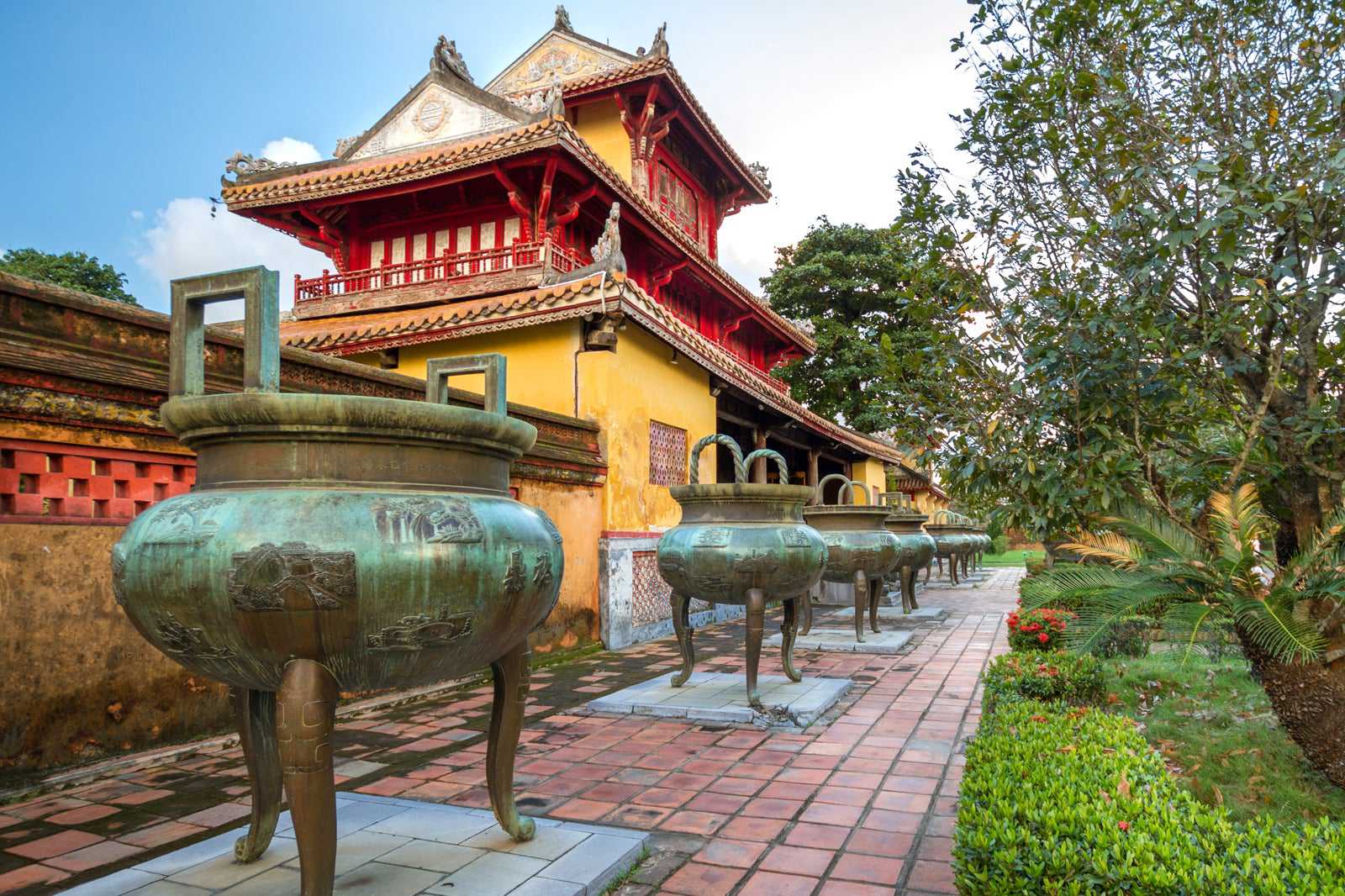
The historical complex is renowned not only for its impressive architecture but also for its exquisite landscaping. Overall, the site is truly stunning. It is advisable to avoid visiting Hue between October and December as it experiences heavy rainfall from the northeast monsoon during that period. This charming city is also well-known for its Imperial-style cuisine. Make sure not to miss out on it.
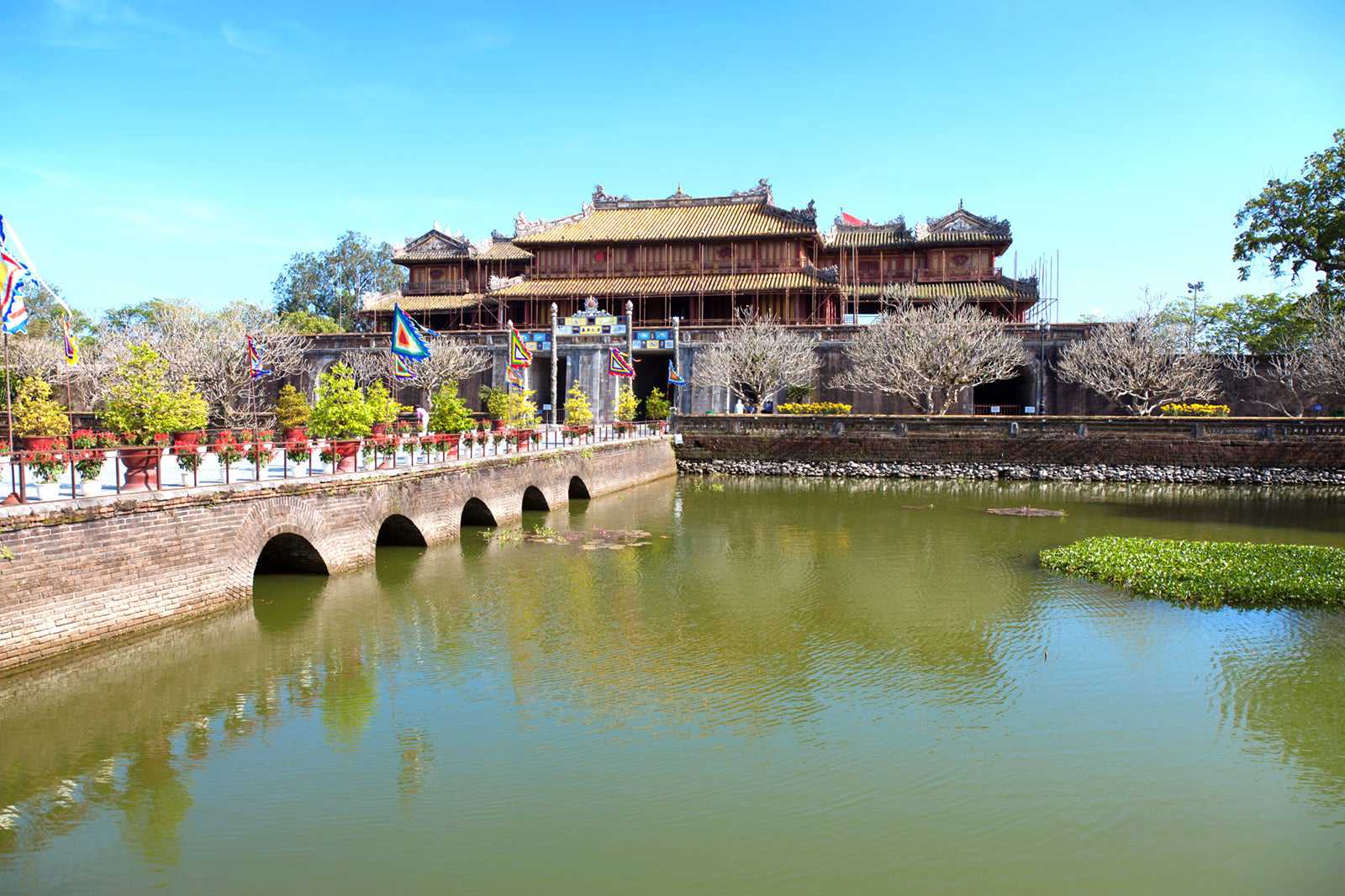
Hue Imperial City
Adresse: Central Vietnam on the banks of the Perfume River, Hue, Vietnam












